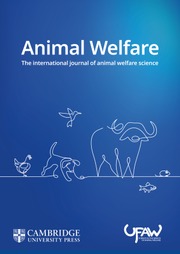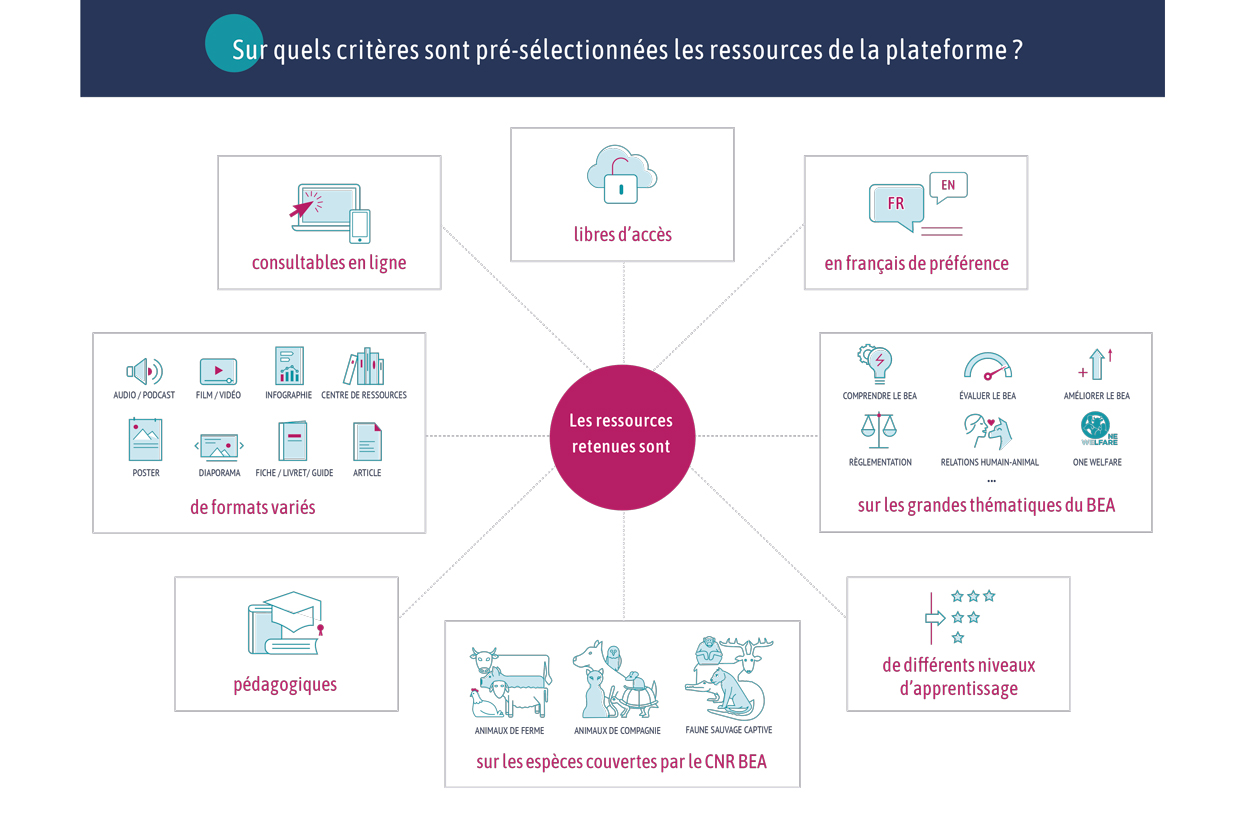Document type: Scientific review published in Animals
Authors: Virginie Michel, Jutta Berk, Nadya Bozakova, Jerine van der Eijk, Inma Estevez, Teodora Mircheva, Renata Relic, T. Bas Rodenburg, Evangelia N. Sossidou, Maryse Guinebretière
Preview: Since the ban in January 2012 of conventional cages for egg production in the European Union (Council Directive 1999/74/EC), alternative systems such as floor, aviary, free-range, and organic systems have become increasingly common, reaching 50% of housing for hens in 2019. Despite the many advantages associated with non-cage systems, the shift to a housing system where laying hens are kept in larger groups and more complex environments has given rise to new challenges related to management, health, and welfare. This review examines the close relationships between damaging behaviours and health in modern husbandry systems for laying hens. These new housing conditions increase social interactions between animals. In cases of suboptimal rearing and/or housing and management conditions, damaging behaviour or infectious diseases are likely to spread to the whole flock. Additionally, health issues, and therefore stimulation of the immune system, may lead to the development of damaging behaviours, which in turn may result in impaired body conditions, leading to health and welfare issues. This raises the need to monitor both behaviour and health of laying hens in order to intervene as quickly as possible to preserve both the welfare and health of the animals.






